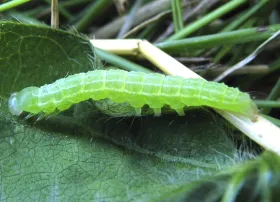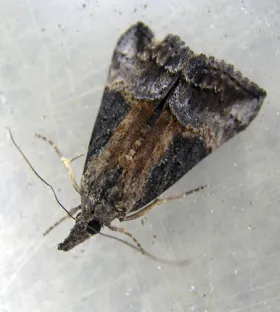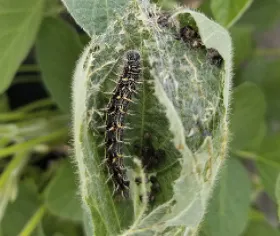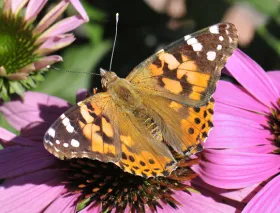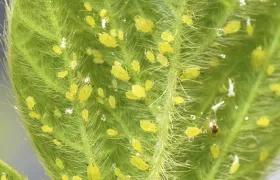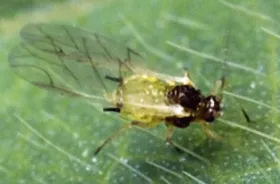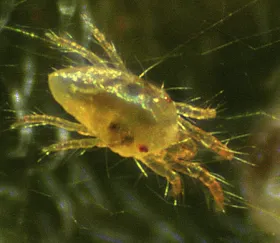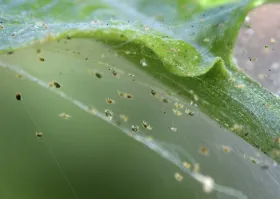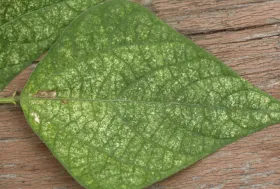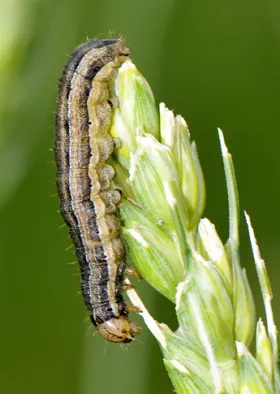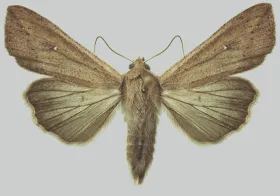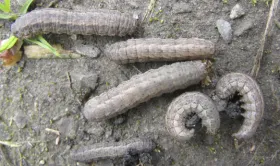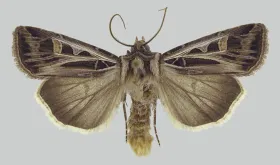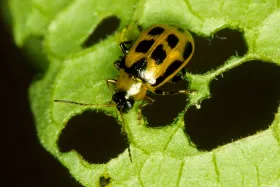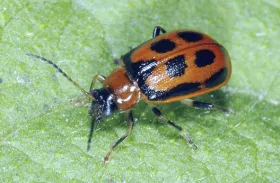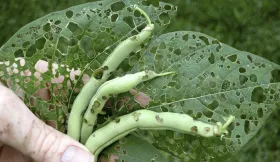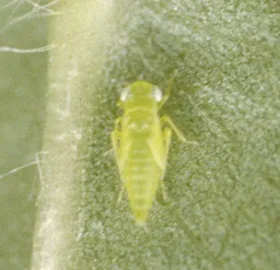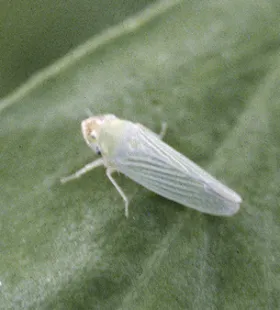Published with supported from the North Dakota Soybean Council, the North Dakota Department of Agriculture, the USDA National Institute of Food and Agriculture, Hatch Project Accession No. 1018411 and the Crop Protection and Pest Management - Extension Implementation Program [award number 2024-70006-43752].
This publication was authored by Janet J. Knodel, Professor and Extension Entomologist and Veronica Calles Torrez, Former Post-doctoral Scientist, 2020.
For more information on this and other topics, see www.ndsu.edu/extension
County commissions, North Dakota State University and U.S. Department of Agriculture cooperating. NDSU does not discriminate in its programs and activities on the basis of age, color, gender expression/identity, genetic information, marital status, national origin, participation in lawful off-campus activity, physical or mental disability, pregnancy, public assistance status, race, religion, sex, sexual orientation, spousal relationship to current employee, or veteran status, as applicable. Direct inquiries to Vice Provost for Title IX/ADA Coordinator, Old Main 201, NDSU Main Campus, 701-231-7708, ndsu.eoaa@ndsu.edu. This publication will be made available in alternative formats for people with disabilities upon request, 701-231-7881. 2.164M-12-20
